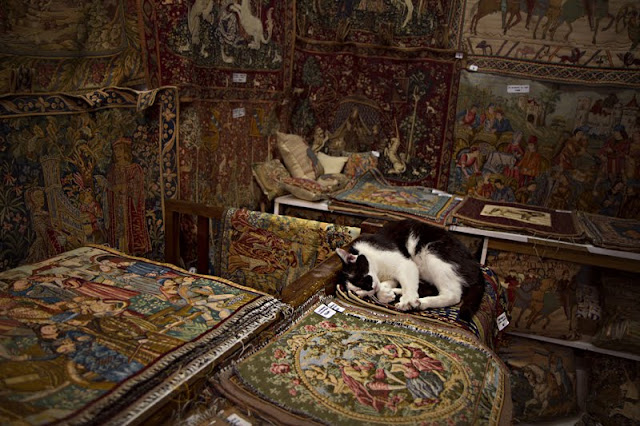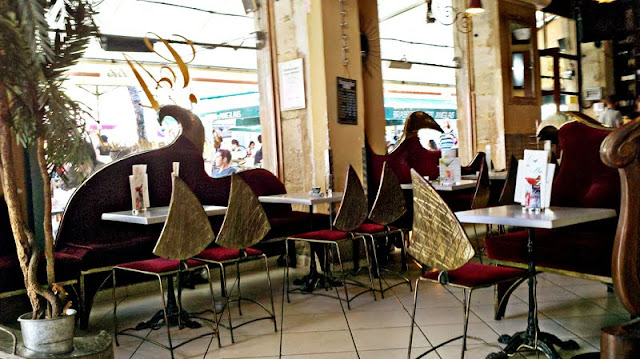Scouting isn't just about finding spots. It's also about becoming familiar with locations so you'll know how to work best in them. It's about gaining awareness of potential problems and probable strengths with the location so you can use the information to your advantage.
My attitude has always been that if someone isn't doing the scouting for you, and if you're at all concerned with getting it right the first time - and why wouldn't you be, for the client's sake - you'd better go scout whenever possible. I think a lot of my photographer colleagues share this sentiment.
So here are my eight tips on scouting.
1. Always, always, always think about lighting! This is always at the forefront of my mind - especially now, because many agree that the light is unique in France! "The sunlight is somehow different on the Cote d'Azur." No matter where you are, look for good lighting. Find ways to get or make good lighting. Observe it so you know what you'll be working with when it's not ideal but you simply must use this one particular spot. This is easily the most important consideration. It makes all the difference in the world.
 |
| Scouting a location with light in mind |
Things to think about with lighting - Season: Wintertime light is different than summertime light. It matters if you're indoors or out. Weather: overcast, sunny, etc.? How is this going to change things if it's not the same on the day of the shoot? What's your backup plan at this location? Shadows: Where are they? How will their movements affect your image? Do you have any shadows to work within at all? Are you equipped to deal with full sun?
2. Take into account the limits of your familiarity with a certain spot. What if you've got a shooting situation that's totally different than what you're used to in that location? You'd better scout it. For example, I once had a client with a winter wedding in a church in Iowa. I'd been to this church many times as a kid and knew it pretty well. But I'd always been to this church in the morning, never in the the late afternoon, and never in the late afternoon in the winter, when it's darker earlier. Even though I felt like I knew this church, I wanted to make sure I got a feel for how the lighting was going to work at that time of day, at that time of year.
 |
| Not a gawker in sight |
4. Bring all the equipment that you might need while you're scouting. You don't have to have it on you all the time, but it should be accessible if necessary. Leave it in the car or have someone else carry it. And if possible, have a test subject.
5. Take test shots. Test out different angles. Move reflectors and light packs around. Play with your settings now, so you don't have to on the day of the shoot. Do it all, with or without a subject, so you can move through the real thing more efficiently. If you think you can't remember something, write/type it down.
 |
| What to expect lighting-wise in a bamboo forest? Only one way to find out... |
 | ||
| Scout a tapestry shop? Yes! And it ended up being a great location. |
8. If all else fails, don't forget you (probably) have a cell phone camera. Not everything about a photographer's work is planned in advance. Come to think of it, some of the best fruits of photography aren't planned at all. Scouting can sometimes be included in this. Of course it's impossible to lug your DSLR around on your person all the time. It doesn't mean you have to pass up an idea. If you see something, take a cell phone picture of it so you won't forget, and so you can come back later. I've been an accidental scout many times. The result has always been worthwhile.
 |
| Where else will you find furniture like this for a shoot?! |
